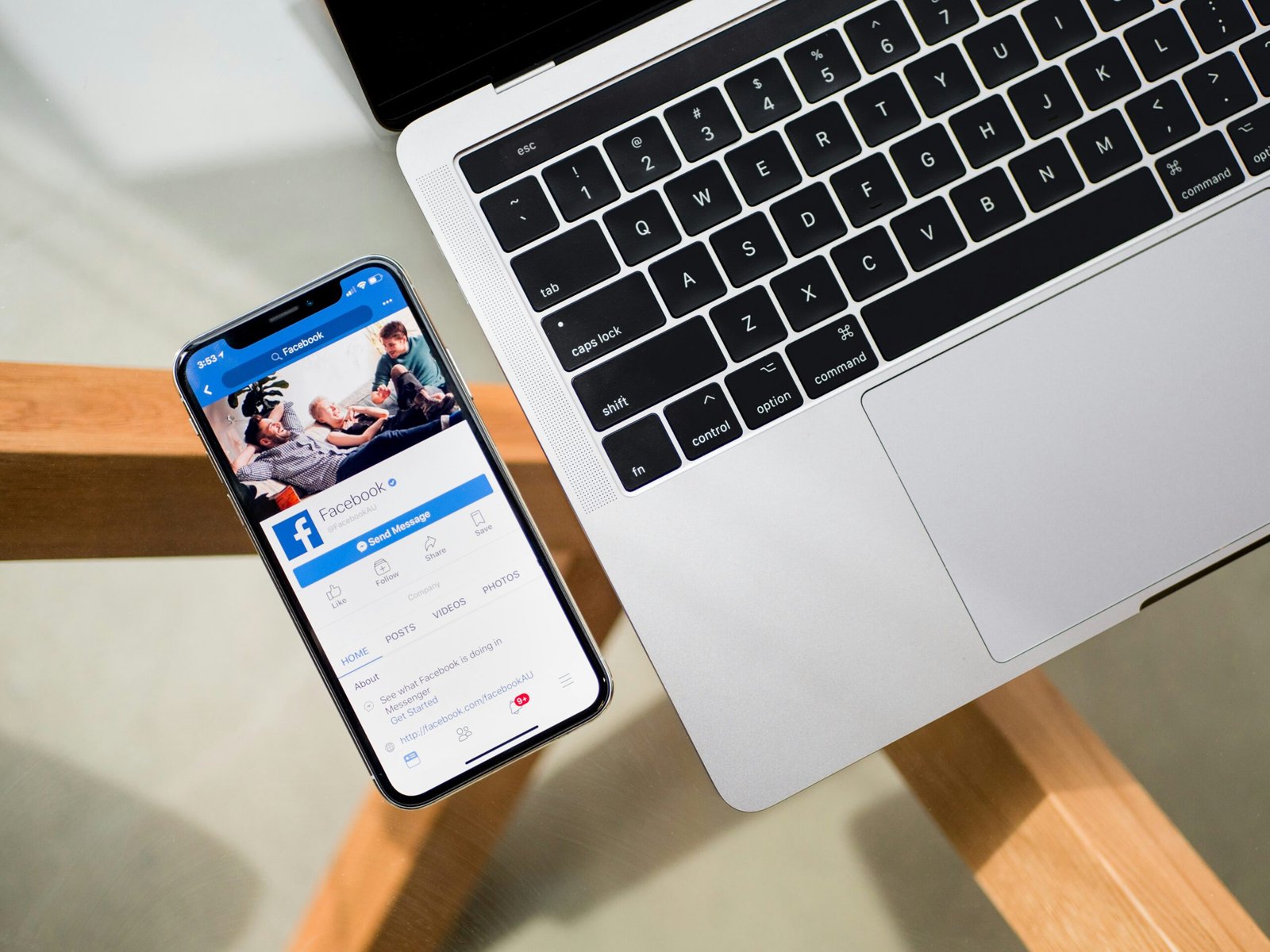Introduction
Accessibility is a fundamental aspect of user experience (UX) design. It ensures that people with disabilities can access and use digital products and services without any barriers. In recent years, there has been a growing focus on creating user interfaces (UI) and UX that are inclusive and empower users with disabilities. This article explores the importance of UI/UX for accessibility tech and how it can enhance the lives of individuals with disabilities.
The Impact of UI/UX on Accessibility
UI/UX design plays a crucial role in making technology accessible to everyone. By considering the needs of users with disabilities, designers can create interfaces that are intuitive, easy to navigate, and inclusive. Here are some ways in which UI/UX can empower users with disabilities:
1. Clear and Consistent Design
A clear and consistent design is essential for users with disabilities. By using consistent layouts, colors, and typography, designers can create a visually cohesive experience that is easier to navigate. Clear and concise labeling of buttons, links, and form fields can also enhance usability for individuals with visual impairments or cognitive disabilities.
2. Keyboard Accessibility
Keyboard accessibility is crucial for users who are unable to use a mouse or have motor disabilities. Designers should ensure that all interactive elements can be accessed and operated using only a keyboard. This includes providing keyboard shortcuts, focus indicators, and logical tab order to navigate through the interface easily.
3. Assistive Technology Compatibility
UI/UX design should be compatible with assistive technologies such as screen readers, magnifiers, and alternative input devices. By following accessibility standards and guidelines, designers can ensure that their interfaces can be easily interpreted and used by assistive technology users.
4. Alternative Text and Captions
Providing alternative text for images and captions for videos is essential for users with visual impairments. Screen readers rely on alternative text to describe images, while captions enable individuals with hearing impairments to understand video content. Including these elements in UI/UX design ensures that all users can access and comprehend the information presented.
5. Color Contrast and Visual Hierarchy
Color contrast and visual hierarchy are crucial for users with visual impairments. Designers should consider providing sufficient contrast between text and background colors to ensure readability. Additionally, using visual cues such as headings, subheadings, and bullet points can help individuals with cognitive disabilities navigate and comprehend information more easily.
The Benefits of Accessible UI/UX
Creating accessible UI/UX design not only benefits users with disabilities but also provides advantages for all users. Here are some of the benefits:
1. Increased User Engagement
Accessible design enhances the overall user experience, leading to increased user engagement. When users can easily navigate and interact with an interface, they are more likely to stay engaged and accomplish their goals. This applies to users with disabilities as well as those without.
2. Expanded User Base
By considering accessibility in UI/UX design, companies can tap into a larger user base. There are millions of individuals with disabilities worldwide, and creating accessible products and services allows companies to reach and serve this untapped market.
3. Compliance with Legal Requirements
Many countries have laws and regulations that require digital products and services to be accessible to users with disabilities. By incorporating accessibility into UI/UX design, companies can ensure compliance with these legal requirements, avoiding potential legal issues and penalties.
4. Positive Brand Image
Designing with accessibility in mind demonstrates a company’s commitment to inclusivity and social responsibility. This can enhance the brand image and reputation, attracting customers who value accessibility and inclusivity in their interactions with digital products and services.
Conclusion
UI/UX design has a significant impact on accessibility, empowering users with disabilities to access and use technology without barriers. By considering the needs of individuals with disabilities, designers can create inclusive interfaces that enhance the overall user experience for all users. The benefits of accessible UI/UX extend beyond users with disabilities, providing advantages such as increased user engagement, expanded user base, compliance with legal requirements, and a positive brand image. It is essential for designers and companies to prioritize accessibility in their UI/UX design processes to create a more inclusive digital environment for all.












Leave a Reply